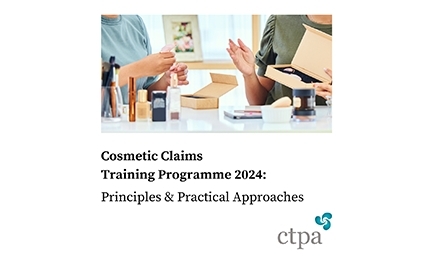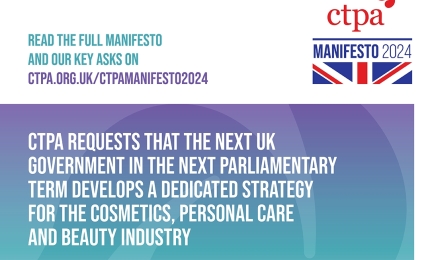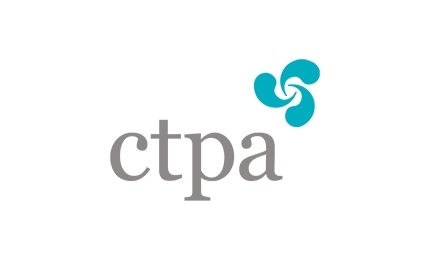Find us on...
CTPA has launched a new e-learning in its Online Learning Platform 'Cosmetic Ingredients: How to Find Out the Legal Status'. The e-learning is available for free to members of CTPA; non-members of the Association can also access the training (except Module 4 on international regulations) for a payable fee of 150£+VAT.
This new training will give companies a broad knowledge about the requirements that have an impact on cosmetic ingredients and their regulatory status under the Classification, Labelling and Packaging (CLP) Regulation, the Cosmetics Regulation and the Registration, Evaluation and Authorisation of Chemicals (REACH) Regulation. This e-learning also analyses in detail the Annexes to the EU and UK Cosmetics Regulations, how to read them to ensure that the applicable bans/restrictions/uses are clear and well understood. It is also important for companies to assess whether an ingredient can be used in cosmetic products, taking into account any possible REACH restriction, SVHC or authorisation status.
Furthermore, the training demonstrates how companies can keep track of upcoming regulatory changes that can affect the use of an ingredient, as well as how to plan well in advance to minimise disruptions.
Finally, this e-learning also provides insight on checking and keeping track of regulatory changes for cosmetic ingredients in major international markets.
The course consists of the following modules.
MODULE 1 – INTRODUCTION TO THE CHEMICAL FRAMEWORKS FOR COSMETIC INGREDIENTS
- The UK and EU as separate markets and regulations
- Principles of the CLP Regulation and harmonised classification process
- Principles of the Cosmetics Regulation and processes to implement ingredients changes
- Principles of the REACH Regulation and processes to manage chemicals of risk
MODULE 2 – CAN I USE THIS CHEMICAL IN COSMETIC PRODUCTS? (EU AND UK MARKETS)
- The Annexes of the Cosmetics Regulation: their structure and how to read them
- Further considerations: traces of prohibited substances, ingredients not listed in the Annexes
- How to check if an ingredient is allowed in the EU: practical case studies
- How to check if an ingredient is allowed in the UK: practical case studies
- How to check REACH restrictions, SVHC and authorisations
MODULE 3 – KEEPING TRACK OF INGREDIENTS CHANGES
- CTPA resources to track ingredients changes and UK/EU divergence
- EU official resources: the EU Commission and ECHA websites
- UK official resources: the UK Government websites
- How to plan for future bans or restrictions
MODULE 4 – CHECKING INGREDIENTS FOR INTERNATIONAL MARKETS (only for members of CTPA)
- Overview of how cosmetic ingredients are managed around the world a
- Checking ingredients compliance for major markets: Australia, Canada, China and USA
- Key considerations on how to stay abreast of upcoming ingredients changes globally












